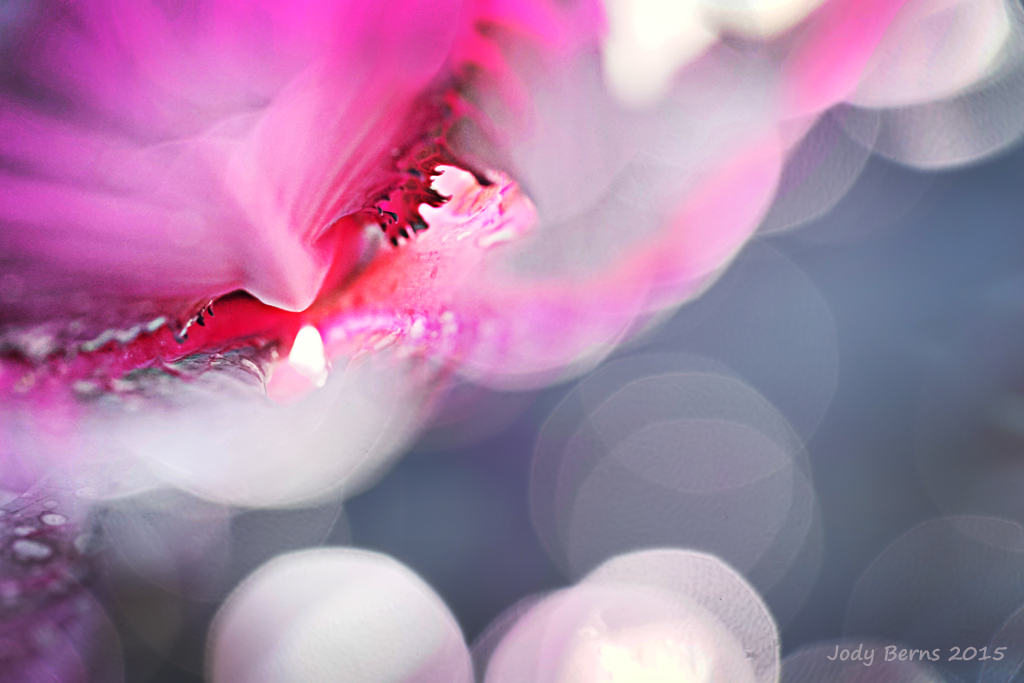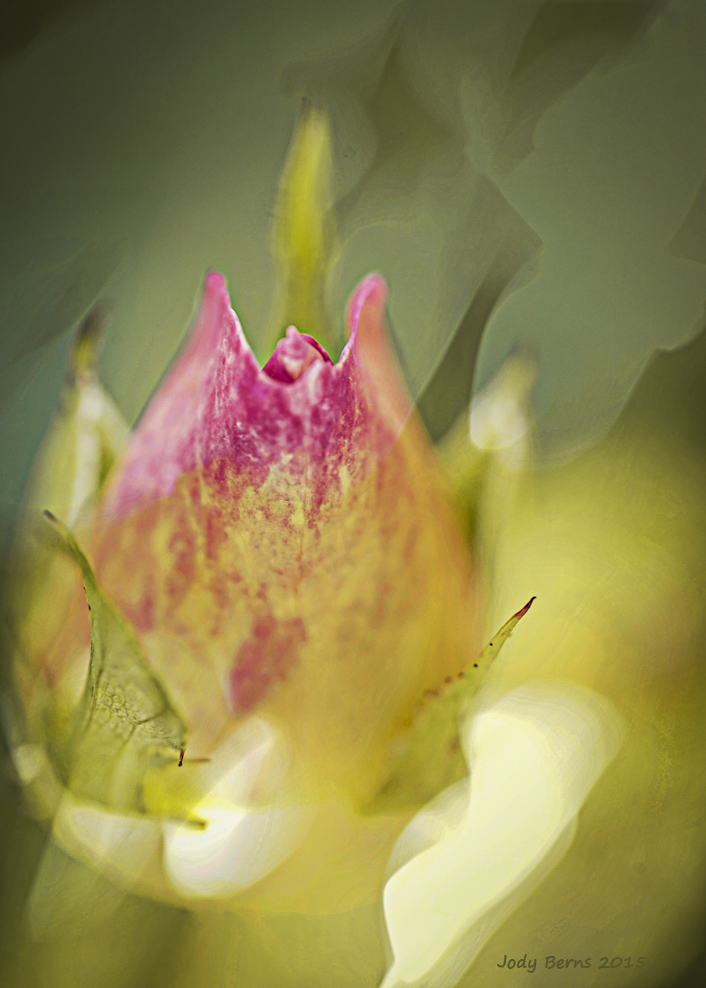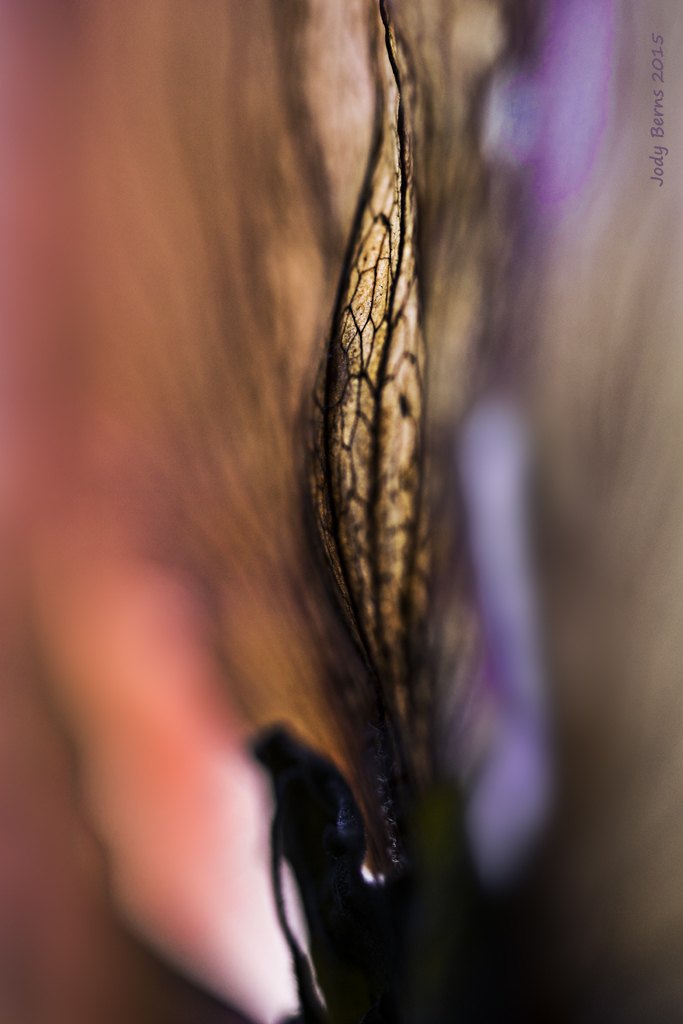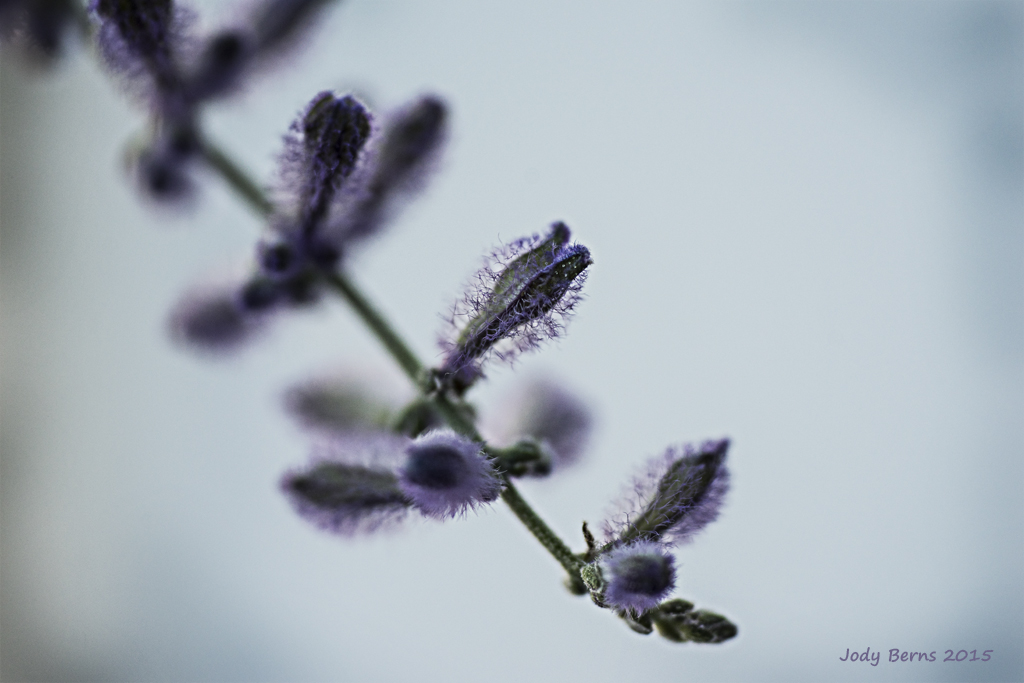I just finished a wonderful class on Textures in Nature with Dianne Kittle. She is an inspiring, creative soul that pushes her students to see the world a bit differently than they saw it before. My last blog dealt with one of her assignments. (See Symmetry in Art and Beauty - Sept 14) Throughout the class, I challenged my normal view of "beauty".
When we did some of the assignments, my natural tendency was to see the beautiful colors in nature. Below are a few from the multi exposure assignment, and experimenting with the use of light and light tables.
I enjoyed the use of pretty colors. So for my final assignment, I decided to look a bit deeper into this idea of beauty the imperfect. One of my classmates gave me a book about Wabi-Sabi. As I read it, it resonated with me. I created this "artist statement" and the end result can be seen in my "Imperfection" portfolio.
As autumn draws to a close, I see many beautiful photos of the nature around us. The colors of yellow, orange, and red adorn the trees against a bright blue sky. As I examined the leaves a bit more, I could see the ones that are dying and decayed lying on the ground. The curled dried leaves as they prepare to become part of the earth upon winter’s beginning, show that nature is impermanent and imperfect. Yet, I found beauty in the curves, textures, and fragile wisps of what once was young, strong, and green.
As humans, we put a value on the young, the beautiful, and the strong. My project allowed me to show the beauty in growing old and frail. There is Japanese concept called Wabi-Sabi. It is a way of living that focuses on finding beauty within the imperfections of life and accepting peacefully the natural cycle of growth and decay. As we approach the cold and dark of winter, I found the beauty in decay, the strength in what is fragile, and the peace and comfort of the natural cycle of life and death.
I look forward to winter through my lens!




